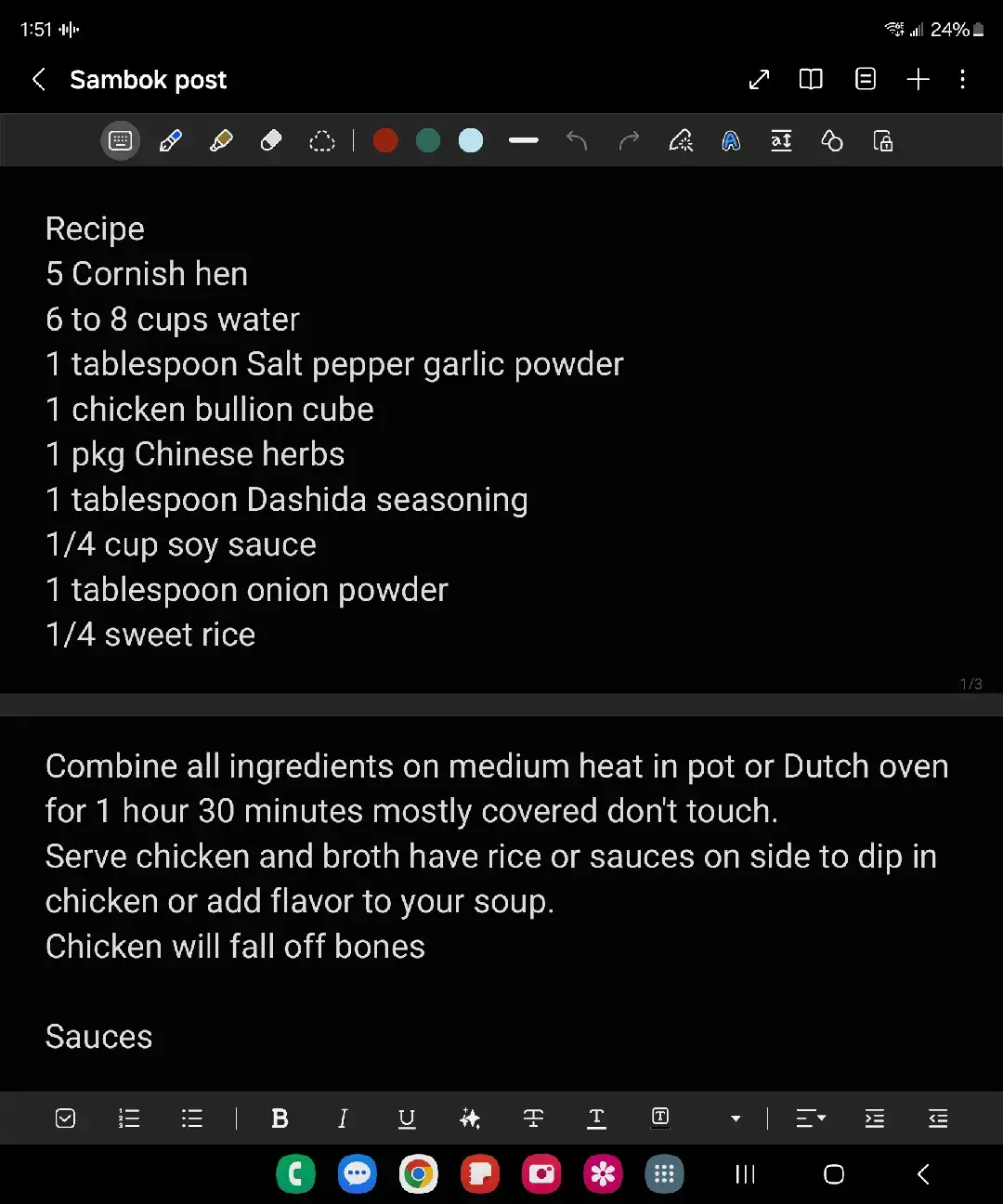Dessi gamer667
Region: PK
Monday 08 July 2024 18:38:41 GMT
1212
105
10
1
Music
Download
Comments
Baba ke pari :
😢😩true
2024-07-08 19:25:15
1
MAW :
kya howa kuen dukhi han
2024-07-14 14:41:39
0
muhammadmansha489 :
🥰🥰🥰
2024-07-14 15:37:13
1
Allah ki pyri :
🥰🥰🥰
2024-07-12 06:37:23
1
Malik Waqas Awan :
❤️❤️❤️
2024-07-11 11:53:50
1
userxzpxz25xkh :
🥰🥰🥰
2024-07-11 10:15:16
1
M Rashid :
💔💔💔
2024-07-09 07:32:42
1
Jam Fiaz339 :
💯💯💯
2024-07-09 01:13:48
1
Abid HusainAbubakarShamshodn :
♥️♥️♥️
2024-07-09 04:57:01
0
To see more videos from user @abdulhaddi667, please go to the Tikwm
homepage.






